Hemorrhoids: Basic info
Hemorrhoids — also called piles — are swollen and inflamed blood vessels located around the anus and rectum. The problem arises when these structures become inflamed or swell, something that becomes more likely with age as well as during pregnancy. Depending on the position, hemorrhoids may be internal, external, or both.
The symptoms of hemorrhoids usually include itching, rectal pain, and bleeding. Patients may feel lumps around their rectal area, and it is possible to involuntarily expel some stool.
- Internal hemorrhoids often present as red blood covering the stool, and this phenomenon is known as hematochezia. This type of hemorrhoid rarely causes any pain, unless they are severely damaged. Thrombosis or necrosis of these hemorrhoids may cause some pain. Straining while having a bowel movement can sometimes cause internal hemorrhoids to become external.
- External hemorrhoids can cause a significant amount of pain to patients suffering from this problem. There may be less or no bleeding involved, but straining while having a bowel movement can cause external hemorrhoids to start bleeding. The lumps and swelling around the anus is clearly visible on physical examination, and can sometimes be extremely painful for the person, especially when sitting.
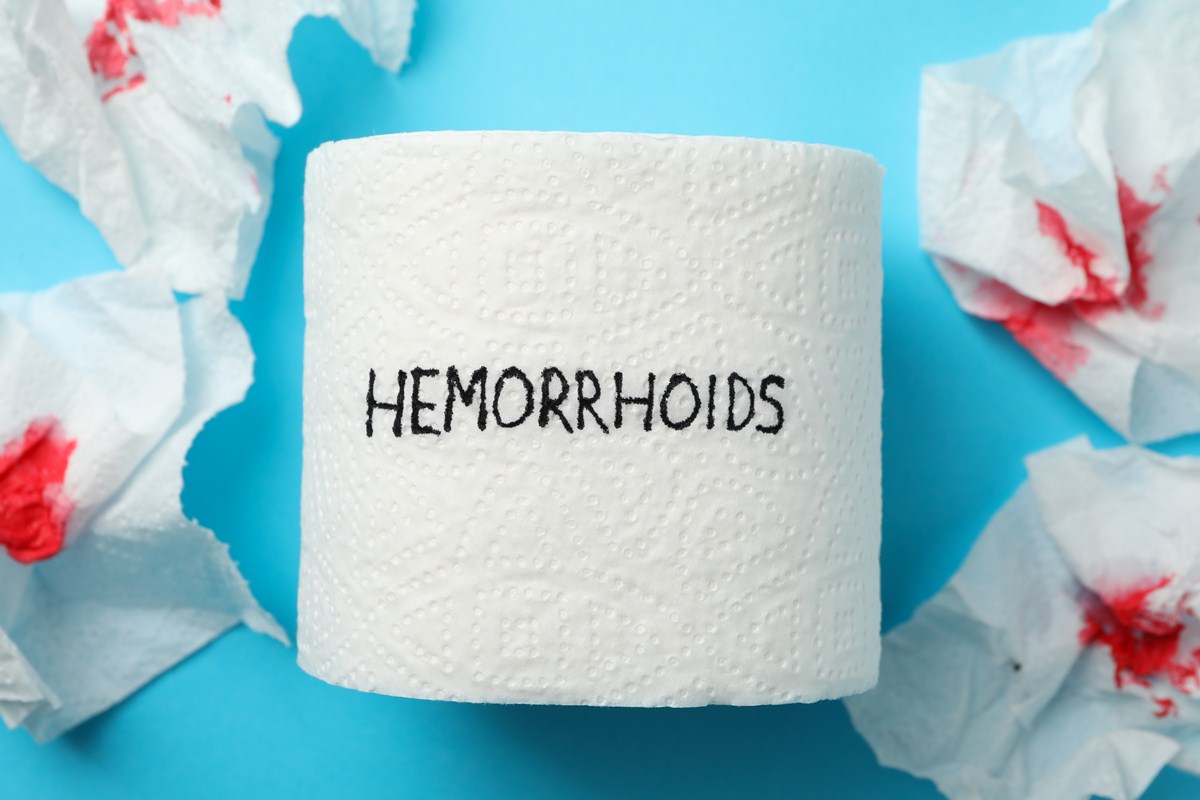
What causes hemorrhoids?
Doctors have identified certain risk factors which may contribute to the development of hemorrhoids.
Irregular bowel habits, including both diarrhea and constipation, lack of fibers in the diet, physical inactivity and a sedentary way of life, as well as a genetic predisposition are some of these factors. Absence of valves within the hemorrhoidal veins, increased rectal vein pressure or increased intra-abdominal pressure because of the strain may also contribute to hemorrhoids.
Pregnancy and age are also found to be important hemorrhoids risk factors. Pregnant women frequently experience troubles with hemorrhoids, but most of them resolve on their own, without the need for surgical intervention.
How are hemorrhoids usually treated?
The treatment of hemorrhoids does not necessarily have to be very complicated. Specialists recommend increasing your intake of fibers through food, and will encourage you to increase your hydration to prevent constipation. For the pain that hemorrhoids can cause, doctors usually advise taking non-steroidal anti-inflammatory drugs (NSAIDs).
Plenty of rest and sitz baths may also help, but if there is nothing that seems to give good results, surgical procedures can be recommended to treat hemorrhoids. Non-surgical medical procedures like rubber band ligation, which cut the blood supply to hemorrhoids off, can be an option as well.
Bleeding hemorrhoids
As already mentioned, hemorrhoids may bleed, especially if you happen to suffer from internal hemorrhoids. This bleeding doesn’t have to last for a long time but patients have been reporting hemorrhoids bleeding for several weeks.
The most common cause of bleeding hemorrhoids is the pressure exerted on the anus. This kind of pressure can happen if you are standing or sitting for a long period of time, but it usually happens when the person is going to the toilet. Added pressure on hemorrhoids in that situation causes bursting and bleeding.
Since many people experience bowel movements every single day, there is no chance for hemorrhoids to heal in that situation, and so they can they bleed for several weeks. What you need to learn is how to evacuate on the toilet and not to cause damage to your already problematic hemorrhoids. Once you learn to do so, the healing process will start and hemorrhoids may never return.



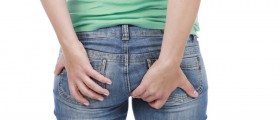

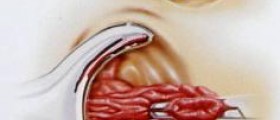


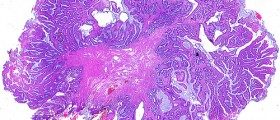



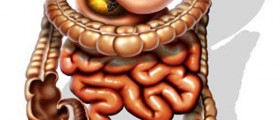


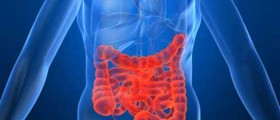

Your thoughts on this
Loading...